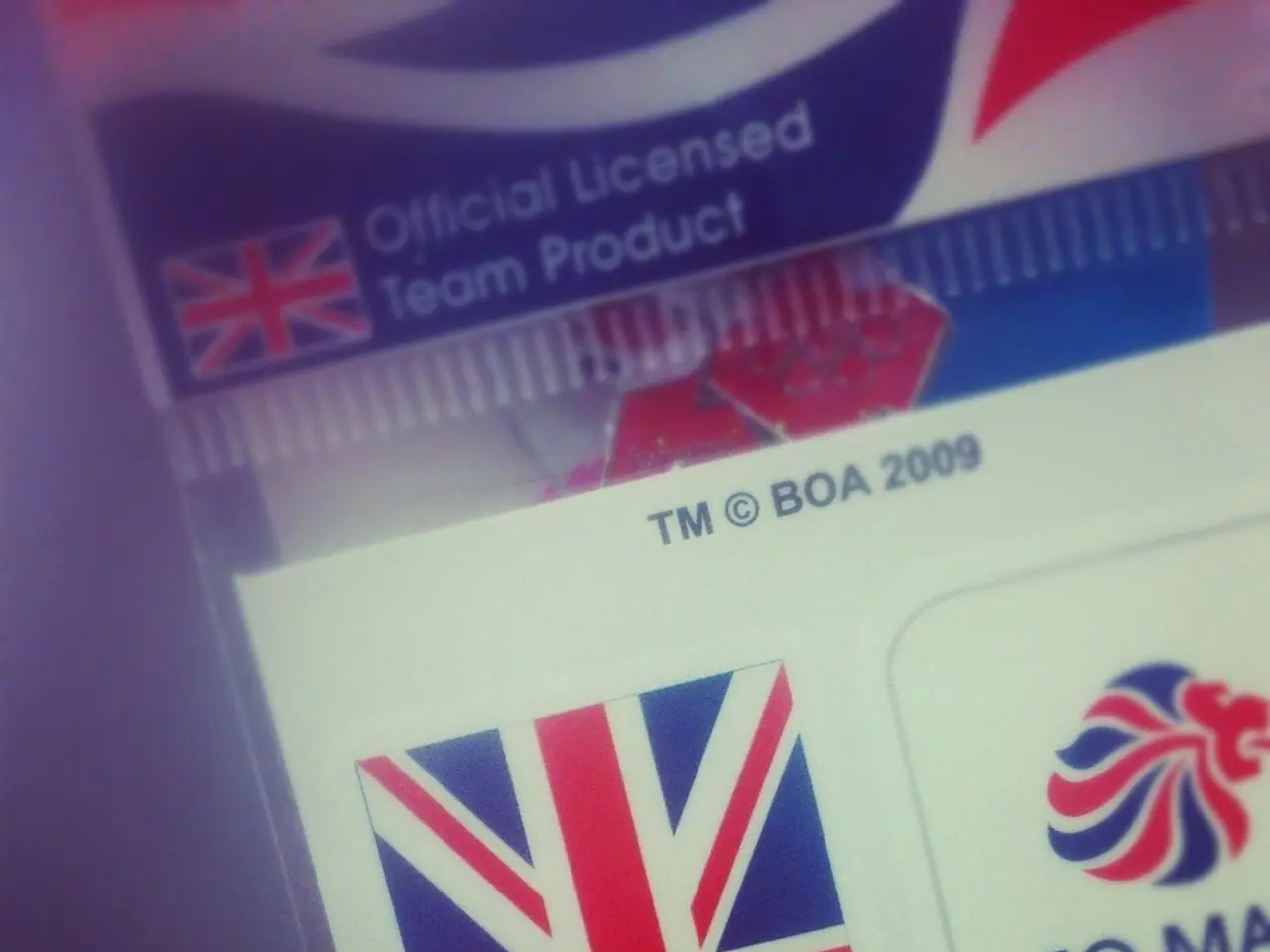Major mortgage lenders clarify the impact of spray foam insulation on mortgage approval decisions
Spray foam insulation, while popular for its energy-saving properties, can pose challenges when it comes to mortgage approval and home insurance in the UK. This article explores the concerns and practices of mortgage and insurance providers regarding this type of insulation.
## Concerns with Spray Foam Insulation
Spray foam can create a tight seal that restricts air movement, leading to condensation and potential rot of timbers. Over time, this can cause structural issues, which lenders and insurers view as a risk. Another concern is the difficulty of removing spray foam without damaging the property, and the lack of industry standardisation in its installation and removal.
## Practices of Mortgage Providers
Most UK lenders will not approve a mortgage if a property has spray foam insulation in the roof. If the insulation is removed, lenders require thorough documentation, such as a valid certificate of removal, to ensure the process was done correctly. Lenders often require a surveyor to assess the property after foam removal to ensure no hidden issues remain.
## Practices of Insurance Providers
While specific insurance practices are not detailed, it is reasonable to infer that insurers might also be cautious about properties with spray foam insulation due to the potential structural risks. Insurers may require additional documentation or assessments similar to those demanded by lenders to mitigate risks.
## Case Studies
Some institutions, such as TSB Bank, Skipton Building Society, Co-operative Bank, Principality, and Aviva, refuse to lend on properties with spray foam insulation in the roof space. Lloyds does not have a ban or block to lending on homes with spray foam insulation and evaluates each case based on the surveyor's report. The AA does not consider spray foam insulation when quoting policies and has not declined any claims due to it.
## Considerations for Homeowners
If purchasing a home with existing spray foam insulation, it is advisable to request surveyor and specialist reports to identify potential structural issues. Before installing spray foam insulation, homeowners should check with mortgage providers to ensure it won't affect their ability to secure financing or remortgage. It is also crucial to seek specialist advice to avoid future issues.
In conclusion, spray foam insulation can complicate mortgage approval due to structural concerns and the challenges of its removal. Lenders require thorough documentation and assessments to ensure the property is safe for investment. Understanding these factors can help homeowners make informed decisions about spray foam insulation and avoid potential financial or structural complications in the future. Homeowners should be cautious about potential structural issues related to spray foam insulation in their properties.
- The cost of removing spray foam insulation and obtaining necessary documentation might add to a homeowner's budget when seeking mortgage approval.
- Technology plays a role in the concerns of mortgage and insurance providers regarding spray foam insulation, as the lack of industry standardisation can lead to potential structural issues.
- Energy efficiency, a key benefit of spray foam insulation, might not offset the financial concerns and lifestyle limitations imposed by mortgage and insurance providers.
- For homeowners planning to build a new home, it would be prudent to consider alternatives to spray foam insulation to avoid the potential complications it presents in securing financing and insurance.
- The difficulty in removing spray foam insulation without causing damage to the property might increase the total costs involved in the removal process, hindering its financial appeal for homeowners and property investors.




